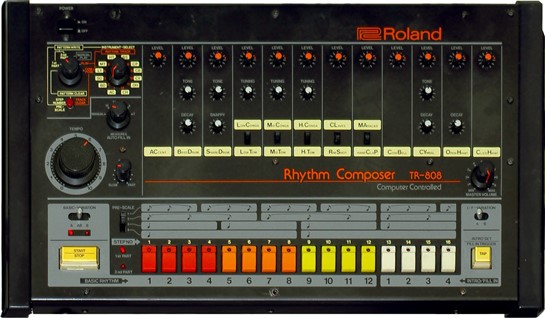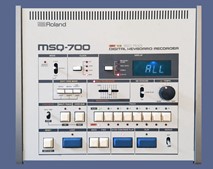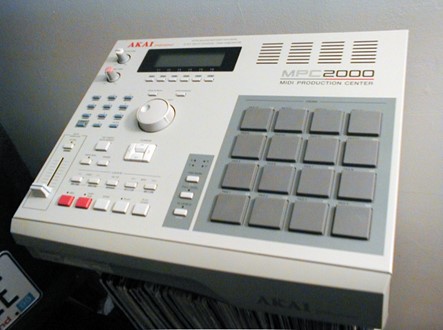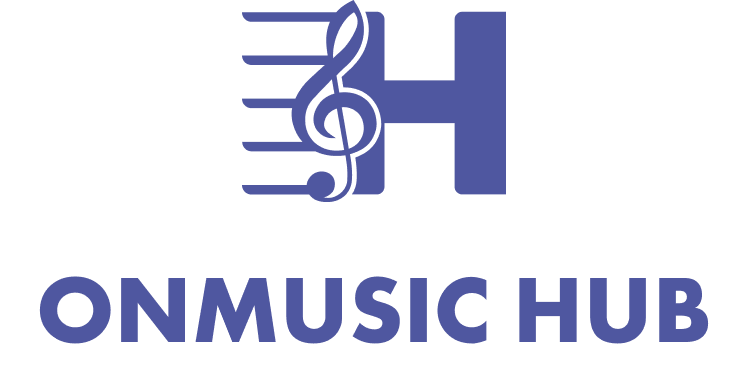
Electro (a.k.a Electro/Electronic Funk)
Electro developed initially as an electronic version of hip-hop's rap and breakbeat dance music during the early 1980s in New York City. Local radio stations Kiss FM and WBLS played the genre as part of a broader diet of electronic dance. In 1982 and 1983, this diet included electronic funk (Sharon Redd, George Clinton, Peech Boys) and European electronic acts such as Yazoo, Depeche Mode, and Klein MBO. The electro sound includes affordable drum machines, sequencers, synthesizers (synths), and futuristic electronic sound effects such as the vocoder. It is accompanied on the dance floor by electric boogie: robotic dance movements such as body-popping and the moonwalk popularized in films such as Wild Style (1982), Flashdance (1983), and Beat Street (1984). Get Loose Bruce, one of the dancers in Wild Style, demonstrates these dances in the following video:

TR 808-Drum Machine

Get Loose Bruce interview and dancing demonstration
As previously mentioned, affordable drum machines, sequencers, and eventually samplers typify electro sound.

1MSQ-700 Sequencer
In a broader context than rap, electro is considered electro-funk. Of paramount importance, however, is electro's formation within DJ-production practices: during electro DJ-sets, records were mixed and scratched live into the electronic drum box groove. From the mid-1980s onwards, the digital sampler supplemented this turntablist practice.
The first identifiable electro productions came on the market in 1982, following the previously mentioned landmark recording " Planet Rock " by Afrika Bambaataa and the Soul Sonic Force for Tom Silverman's innovative Tommy Boy Records.
This track famously grafted the recognizable melody line from " Trans-Europe Express " (start at 01:33) by German electronic band Kraftwerk (1977) onto a distinctive and influential 122 BPM (beats per minute) funk beat, programmed on a Roland TR-808 drum machine. (On Bambaataa's "Planet Rock," this same melody begins at 00:46.) The sound of this drum machine (or its cheaper version, the TR-606) was subsequently associated with electro productions. The user-friendly 808 offers preset analog synthesized sounds of drum kit approximations such as the 808 bass drum, which (with its characteristic low register and long decay) sounds quite unlike its acoustic kick drum equivalent. In addition, the 808's idiosyncratic handclap (synthesized from reverberating white noise), cowbell, and rim shot ![]() SIDE NOTEA rim shot is when the drum stick strikes the "rim" or edge of the snare drum. are equally significant. During DJ-sets, the Roland TB-303, a small bass sequencer, sometimes accompanied the 808, as did the cheap Casio synth. In addition to "Planet Rock," examples of electro recordings featuring 808 drum sounds are twelve-inch vinyl singles such as " Play That Beat Mr. DJ " by G.L.O.B.E. & Whiz Kid (1983), Hashim's " Al-Naafiysh (The Soul) " (1983), and the influential electro album release The Album by Mantronix (1985).
SIDE NOTEA rim shot is when the drum stick strikes the "rim" or edge of the snare drum. are equally significant. During DJ-sets, the Roland TB-303, a small bass sequencer, sometimes accompanied the 808, as did the cheap Casio synth. In addition to "Planet Rock," examples of electro recordings featuring 808 drum sounds are twelve-inch vinyl singles such as " Play That Beat Mr. DJ " by G.L.O.B.E. & Whiz Kid (1983), Hashim's " Al-Naafiysh (The Soul) " (1983), and the influential electro album release The Album by Mantronix (1985).

MPC 2000 Sampler





